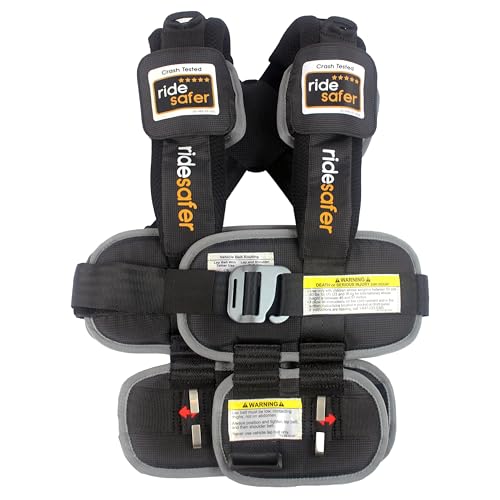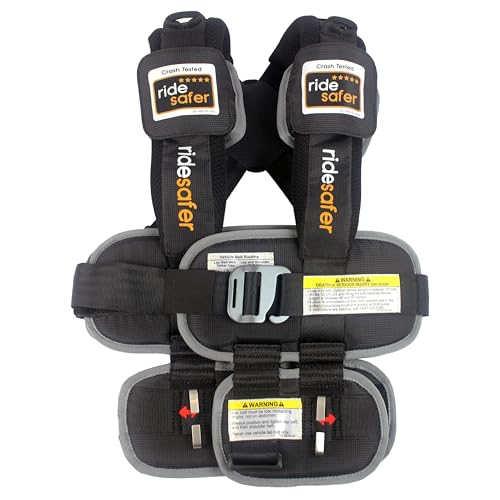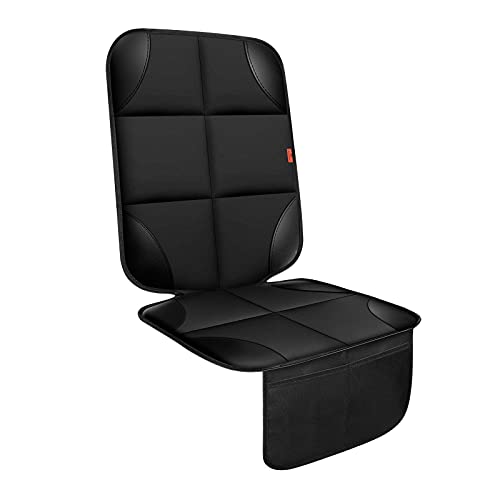Are you wondering when it’s the right time to transition your little one to a forward-facing car seat? You’re not alone.
As a parent, ensuring your child’s safety during every car ride is a top priority. Making the decision on when to switch car seats can feel overwhelming with all the guidelines and opinions out there. But what if there was a simple way to understand it all?
This article is here to guide you through the age recommendations, safety tips, and expert advice you need. Imagine driving with confidence, knowing your child is both safe and comfortable. Curious to learn more? Let’s dive into the essential details that will ease your mind and keep your child secure on the road.
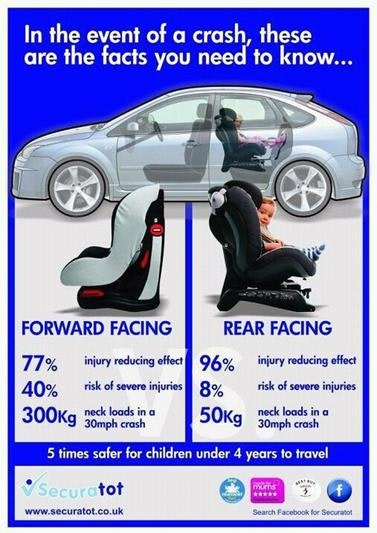
Legal Requirements
Legal requirements for forward-facing car seats vary by region. Children generally should be two years old or meet specific height and weight limits. It’s crucial to check local laws to ensure safety and compliance.
When it comes to ensuring your child’s safety on the road, understanding the legal requirements for car seats is crucial. Different regions have varying rules, and it’s important to know what the law says about when you can transition your child to a forward-facing car seat.Understanding Age Limitations
The age at which your child can switch to a forward-facing car seat can differ based on where you live. In many places, the law mandates that children remain in rear-facing seats until they are at least two years old. Check your local regulations to ensure compliance.Height And Weight Considerations
Legal requirements often go beyond age. They also consider your child’s weight and height. For example, in the U.S., many states require children to weigh at least 20 pounds before transitioning to a forward-facing seat. Measure your child’s growth regularly to ensure they meet these requirements.Safety First: Beyond Legal Requirements
Legal guidelines are a baseline, but safety experts often recommend keeping your child in a rear-facing seat longer. Some parents choose to wait until their child exceeds the seat’s rear-facing weight or height limit. This can offer added protection in case of an accident.Regional Variations
Be aware that the rules can vary greatly. If you’re traveling or relocating, familiarize yourself with the local regulations. What applies in one state or country may differ in another, so staying informed is key to your child’s safety.Personal Insights
When my eldest daughter reached the age of two, I was eager to switch her to a forward-facing seat. The sense of accomplishment was quickly followed by a deeper understanding of the safety implications. I realized it’s not just about following the law but about choosing what’s safest for her. Have you considered what might be best for your child’s safety beyond legal requirements?Practical Tips
Always keep your child’s car seat manual handy. It contains detailed guidelines that can help you make informed decisions. Stay updated on any changes to the laws, as these can impact your choices. Would you be surprised to learn how often legal requirements change? By understanding and applying legal requirements, you not only comply with the law but also ensure your child’s safety. As parents, our goal should be to make informed choices that prioritize our children’s well-being every time we hit the road.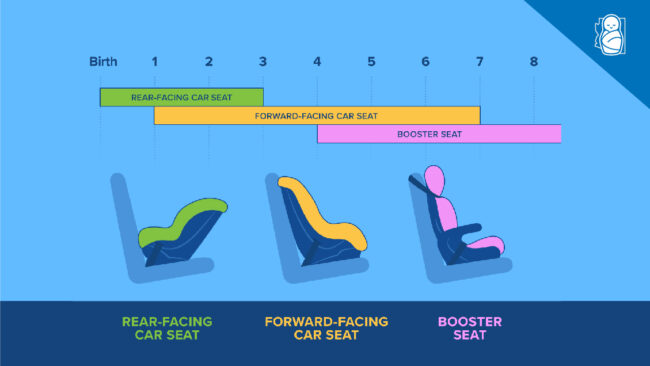
Safety Recommendations
Children can switch to forward-facing car seats after reaching the age of two, according to experts. Weight and height guidelines should be checked to ensure safety. Always follow the car seat manufacturer’s instructions for the best protection.
Safety Recommendations are crucial when deciding the right age for transitioning your child from a rear-facing to a forward-facing car seat. This decision is not just about comfort; it’s about ensuring your child’s safety on every journey. Many parents often wonder whether they’re making the right choice at the right time. Let’s explore some key safety guidelines that can help you make informed decisions.Understanding Age Guidelines
Children develop at different rates, and it’s important to consider their size and weight rather than just their age. Generally, children can switch to a forward-facing seat once they outgrow the weight or height limits of their rear-facing seat. Keep your child rear-facing as long as possible. Experts recommend until at least age two or when they reach the maximum height and weight for their rear-facing seat.The Importance Of Size And Weight
When my own child was transitioning, I was surprised to learn how crucial size and weight are in determining car seat safety. A child who is too small for a forward-facing seat may not be adequately protected in case of an accident. You should always prioritize the seat’s specifications rather than your child’s age. A rear-facing seat offers better support for a child’s head and neck, making it safer for smaller children.Evaluating Your Child’s Readiness
As a parent, it’s easy to rely on age as the primary factor for moving to a forward-facing seat. But have you considered your child’s unique growth pattern? Observe your child’s behavior in the seat. Are they comfortable and secure, or do they seem cramped and uneasy? Trust your instincts and rely on the guidelines provided by the seat manufacturer.Consulting Expert Opinions
Don’t hesitate to ask for help or guidance. Pediatricians can offer personalized advice based on your child’s development. Safety experts and car seat technicians can also provide valuable insights into best practices. These professionals can help ensure that you’re not just following the general recommendations but tailoring them to your child’s needs.Regular Safety Checks
How often do you check the setup of your child’s car seat? Regular inspections can prevent unnoticed wear and tear. Ensure that the seat is correctly installed and that straps are properly adjusted. This simple routine can significantly enhance your child’s safety.Final Thoughts
Making the transition to a forward-facing car seat is a milestone in your child’s growth. However, the decision should be based on safety recommendations rather than eagerness to reach the next stage. Reflect on your child’s individual needs and development. By prioritizing safety, you can ensure each ride is a secure and comfortable experience for your little one.Factors To Consider
Choosing the right time for a forward-facing car seat is important. Parents must consider several factors before making this decision. Safety is a priority, so understanding these elements ensures your child’s well-being. Let’s explore the key considerations.
Child’s Weight And Height
Weight and height are crucial for car seat transition. Check if your child meets the seat’s limits. Every car seat has specific weight and height guidelines. Follow these to ensure your child’s safety.
Car Seat Specifications
Different car seats have unique features. It’s essential to review the specifications. Look for seats with adjustable harnesses. Check the recline options as well. These features enhance comfort and safety.
Vehicle Compatibility
Your vehicle plays a role in seat choice. Ensure the car seat fits well in your vehicle. Check the seat’s base installation and tether points. Compatibility guarantees a secure fit for your child’s safety.
Transition Tips
Parents often wonder about the right time to switch car seats. Experts suggest transitioning to a forward-facing car seat when a child is at least two years old or has outgrown the rear-facing seat’s weight and height limits. Always check specific car seat guidelines for safety.
Transitioning your child to a forward-facing car seat is a significant milestone. Ensuring a smooth shift requires careful planning and attention. With the right steps, parents can make this transition safely and comfortably for their little ones. Understanding key transition tips will help in creating a safe environment and ensuring your child’s well-being.Preparation Steps
Before making the switch, check your child’s weight and height. Confirm they meet the seat’s requirements. Read the car seat manual thoroughly. Familiarize yourself with its features. Take time to adjust the harness. Test its fit before placing your child in the seat. Ensure the seat’s location in the car is secure. Plan where the seat will be installed. Consider the vehicle’s layout for optimal safety.Proper Installation
Proper installation is crucial for safety. Follow the manufacturer’s guidelines step by step. Use the car’s seat belt or latch system correctly. Double-check the angle of the car seat. Ensure it is stable and does not move. Test the harness snugness around your child. Adjust it until it fits securely. Consider visiting a car seat inspection station. Experts can verify your installation. They offer valuable advice for improvements.Monitoring Child’s Comfort
Observe your child’s comfort in the new seat. Check if they can sit comfortably. Ensure the harness does not pinch or irritate. Adjust the seat’s recline if necessary. Make sure they have adequate space. Regularly check the seat’s alignment. Listen to your child’s feedback on comfort. Adjust settings based on their reactions. Comfort leads to a pleasant ride for all.Common Mistakes
Choosing the right time to switch to a forward-facing car seat is crucial. Many parents make common mistakes in this process. These errors can affect the safety and well-being of their children. Understanding these pitfalls helps in making informed decisions.
1. Switching Too EarlySome parents transition their children too soon. The child may not be ready for a forward-facing seat. Experts recommend waiting until the child outgrows the rear-facing seat. This generally happens around age two or older. Check the specific seat guidelines for accurate age and weight limits.
2. Ignoring Weight and Height LimitsCar seats come with specific weight and height limits. Ignoring these can compromise safety. Always follow the manufacturer’s instructions. Ensure your child fits within the specified range for the seat. This guarantees maximum protection during travel.
3. Incorrect InstallationProper installation of the car seat is vital. Many parents install seats incorrectly. This reduces the effectiveness in a collision. Carefully read the instruction manual. Consider professional help to ensure the seat is secured correctly.
4. Not Adjusting the Harness ProperlyThe harness should fit snugly against the child. Loose straps can lead to injuries during a crash. Regularly check and adjust the harness as your child grows. A well-fitted harness keeps your child safe and secure.
5. Using a Second-Hand Car SeatA second-hand car seat might have hidden damage. It may have been in an accident or recalled. Always verify the history and safety record. Consider buying a new seat for assurance. Your child’s safety is worth the investment.
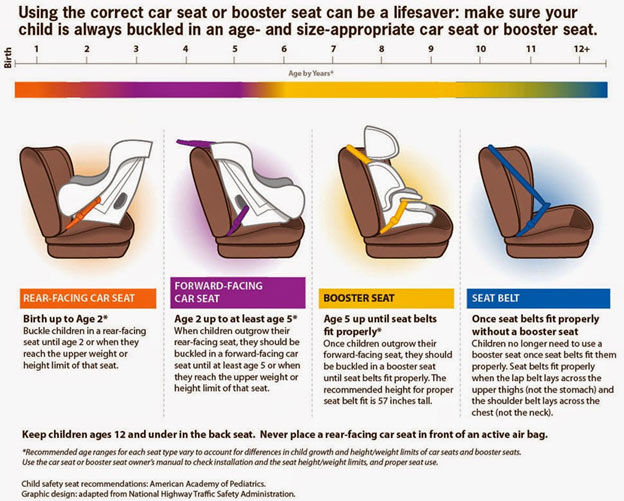
Expert Advice
Transitioning your child to a forward-facing car seat is a crucial step. Parents often seek expert guidance to ensure safety. Understanding when to make this change can be confusing. Experts share insights to help make informed decisions.
Expert Recommendations On Age
Most experts suggest waiting until a child is at least two years old. Rear-facing seats provide better protection for younger children. It’s important to follow the manufacturer’s age and weight guidelines.
Benefits Of Delaying Forward-facing Transition
Keeping children rear-facing for longer enhances safety. Their bodies are better protected in the event of a collision. Experts recommend maintaining the rear-facing position until the seat’s limits are reached.
Signs Your Child Is Ready
Watch for signs indicating readiness for a forward-facing seat. These include reaching the maximum height or weight for their current seat. Ensure the child can sit upright without slouching.
Expert Tips For Safe Transition
Experts advise securing the seat tightly using the vehicle’s seatbelt. Ensure the harness fits snugly across the child’s chest. Regularly check for recalls or safety updates related to the car seat model.
Consulting With Child Passenger Safety Technicians
Child Passenger Safety Technicians offer valuable insights. They can help install the seat correctly. Schedule a session to ensure your child’s car seat meets safety standards.
Frequently Asked Questions
When Can My Baby Sit In A Forward Facing Car Seat?
Babies can sit in forward-facing car seats after reaching two years or weighing over 20 pounds. Always follow the manufacturer’s guidelines for safety. Ensure the car seat is properly installed and adjust harnesses to fit snugly. Prioritize rear-facing seats for optimal safety until age two.
When Can You Turn A Child Seat To Face Forward?
Turn a child seat forward when your child is at least 2 years old or meets weight and height limits. Follow the manufacturer’s guidelines for specific requirements. Rear-facing seats are recommended for safety until your child outgrows them. Always ensure the seat is properly installed and adjusted.
What Is The Recommended Age For Forward Facing Car Seat?
Children should transition to forward facing seats around age 2 or when they exceed rear facing limits. Always check the manufacturer’s guidelines. It’s crucial to ensure the seat is properly installed and fits the child’s height and weight requirements for maximum safety.
When Can A Child Sit Forward Facing In A Car?
A child can sit forward facing once they outgrow rear facing seats, typically around 2 years old. It’s important to follow state laws and seat guidelines. Ensure the harness fits snugly and the seat is securely installed to protect the child during travel.
Conclusion
Choosing the right car seat is crucial for child safety. Always prioritize your child’s needs and comfort. Follow the car seat guidelines carefully. Ensure the seat is installed correctly every time. Check the manufacturer’s instructions for specific recommendations. Stay updated with local safety laws and regulations.
Regularly review your child’s size and age requirements. Transitioning to a forward-facing seat should be a careful decision. Your child’s safety relies on proper car seat use. Make informed choices to keep your child secure on the road. Prioritize safety above all else.

